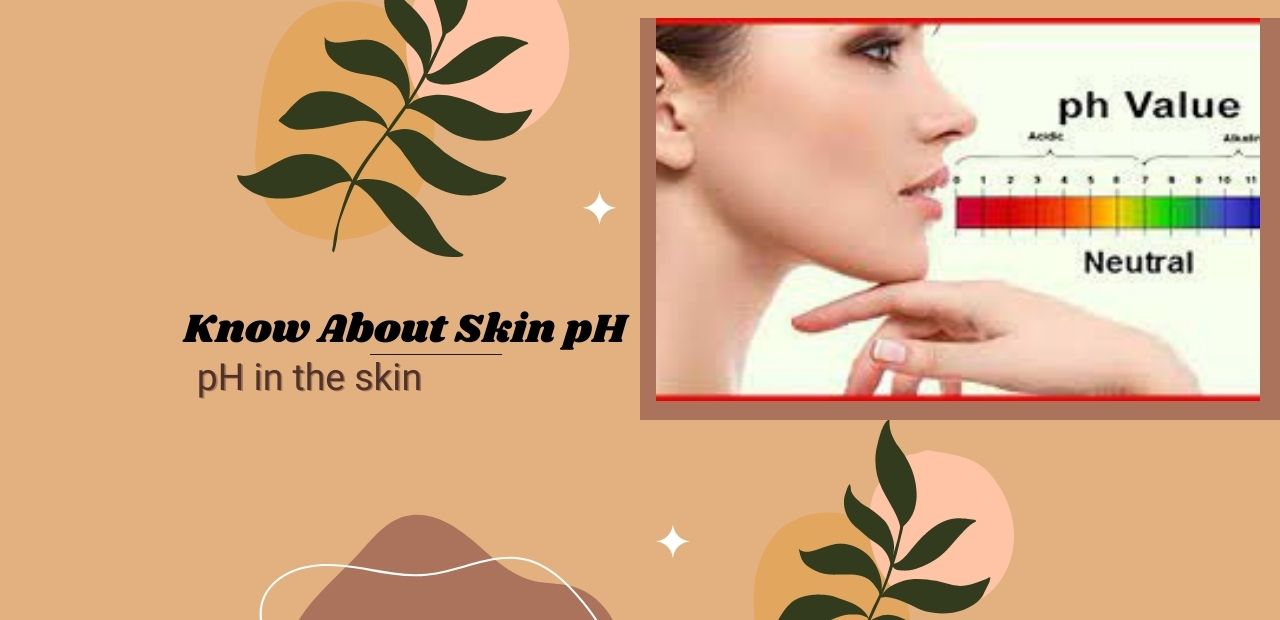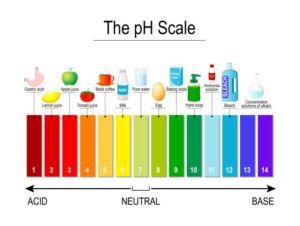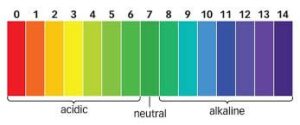The skin is our largest organ, and it is crucial to our overall health. The skin’s main function is to protect us from the environment, and it does this by regulating the body’s pH levels. When the skin’s pH is out of balance, it can lead to various problems, including skin inflammation and allergies.
Skin pH is important for several reasons, but what does it mean for you? In this article, we’ll discuss everything you need to know about skin pH and why it matters.
Skin pH is an important factor when it comes to skincare. Most people know that it needs to be balanced to stay healthy, but there are many other reasons that it matters. For example, if your skin pH is too high, you may experience dryness and irritation. If it’s too low, your skin may become susceptible to bacteria and fungi.
The average human skin has a pH level of about 5.7, which is slightly acidic. This is because the skin is made up of a mixture of water, sweat, oil, and sebum, which all have a pH level. The pH level of the skin can affect how well the skin defends against bacteria and other organisms.
1. What exactly is pH in the skin?
- One of the most common skin pH levels is 4.5 to 5.5. This is the level of acidity and is considered the ideal level for keeping your skin looking and feeling its best. However, if your pH level falls below 4.0 or above 7.5, you may experience skin irritation, redness, and a loss of skin elasticity. There are a few ways to measure your skin pH and a few things you can do to adjust it.
- Different skin types have different pH levels, so it’s important to maintain a balance. If your skin is mildly acidic, you might need to add a few drops of lactic acid to your skincare routine. If your skin is alkaline, you might benefit from using a cream with baking soda or hydrogen peroxide.
- Every skin needs a perfect balance of acidity and alkalinity to function optimally. That’s why skin pH is so important- it affects everything from the appearance of your skin to the overall health of your skin. Proper skin pH is based on a simple numeric scale from 2.7 to 7.4. Anything outside that range can cause problems, from dryness and irritation to skin cancer.
- It has been widely accepted that skin pH is important for both your skin’s health and appearance. If your skin is not in a healthy pH balance, you may experience dryness, irritation, and even Acne. However, many factors can affect skin pH. In this article, we will discuss the different factors that can influence skin pH, as well as the benefits of having a healthy skin pH.
- Your skin’s pH is an important factor in your skin’s overall health. Your skin’s pH is a measure of how acidic or alkaline your skin is. It can help protect your skin from bacteria, viruses, and other harsh environmental factors. For optimal health, aim to keep your skin’s pH balanced.
2. What is the optimal skin pH level?
- Most people have a pH level that is too high or too low, which can lead to skin problems and even diseases. The optimal skin pH level is 7.4.
- Your skin is your largest organ and depends on a balanced pH level to function optimally. The acidity of your skin is determined by your skin’s natural secretions. When your skin is acidic, your body can fight off infections.
- When the pH level of your skin falls below 5.5, the skin becomes dry, thin, and easily irritated. Everything you need to know about skin pH and why it matters comes down to this: A balanced pH level is essential for healthy skin.
- Too acidic or too alkaline can cause skin problems, including wrinkles, skin dryness, and even dermatitis. In this guide, we’ll discuss the different factors that can impact your skin pH, and we’ll give you tips on how to adjust it.
- Keep in mind that there is no single “optimal” skin pH level; rather, what works for one person may not be ideal for another.
- There is much debate surrounding the optimal skin pH level, but it is important to keep in mind that the pH level is not static. Many factors can affect the skin’s pH level including exercise, the environment, diet, and hormonal fluctuations. It’s also important to remember that skin pH levels can vary depending on the time of day.
- The optimal skin pH level varies depending on a person’s skin type but is typically in the range of 4.5-7.0. This means that the acid mantle, or protective layer of skin cells, is in balance and that the skin is not overproducing or underproducing any of its components.
3. How does pH affect the skin?
- pH, or the potential of hydrogen, is a scale that measures the acidity or alkalinity of a solution. The pH scale ranges from 0 to 14; the lower the number, the more acidic the solution, while the higher the number, the more alkaline. A pH of 7.0 is neutral.
- Skin’s natural pH is slightly acidic, with a pH between 4.5 and 5.5. pH is a scale that measures how acidic or basic a substance is. The scale goes from 0 to 14. Anything below 7 is considered acidic, 7 is neutral, and anything above 7 is considered basic.
- pH is a measure of how acidic or alkaline something is. The scale goes from 0 to 14, with 0 being the most acidic and 14 being the most alkaline. Skin usually sits between a pH of 4.5 and 5.5. When skin pH gets thrown off, it can lead to all kinds of problems, including skin conditions like eczema and acne.
- pH is a measure of how acidic or basic something is. The lower the pH, the more acidic it is; the higher the pH, the more basic (or alkaline) it is. The pH scale goes from 0 to 14, with 0 being the most acidic and 14 being the most basic. Skin usually has a pH between 4.5 and 5.5, which is slightly acidic.
- You’ve probably heard your skin described as being “acidic,” “alkaline,” or having a “healthy pH balance.” But what does that mean, exactly? Should you be worried if your skin is too acidic or alkaline? Here, we break down everything you need to know about skin pH levels — and why they matter.
4. Why is the ideal pH of skin acidic?
- The skin is the largest organ in the human body, and it’s responsible for protecting us from the environment. The skin’s pH is important because it helps control the levels of bacteria, oil, and sweat on our skin. The ideal pH of the skin is slightly acidic, which helps to protect against skin cancer and other skin problems.
- Most people don’t realize that their skin’s pH can affect their entire health. The skin is the largest and most vital organ in the human body, and its pH is important because it regulates the body’s natural defence systems. The ideal pH for skin is slightly acidic, which helps promote healthy skin and prevents skin problems like eczema.
- Acidity is a fundamental property of many biological systems, including the skin. The acidity of the skin is determined by the acidity of the serum bathing the skin cells and regulating the water balance in the skin.
- The natural pH of skin is slightly acidic but can be significantly altered by various factors. Understanding the pH of the skin and its role in skin health is important for both dermatologists and consumers.
- Acidity in the skin is maintained through the production of an acidic pH by the skin’s cells. The acidity helps to keep the skin barrier intact, preventing pollutants and pollutants from penetrating the skin. Additionally, acidity in the skin helps to reduce the appearance of wrinkles and other signs of ageing.
- Acidity is important for keeping skin healthy. The pH of the skin is slightly acidic, which helps to fight against skin cancer and other skin conditions.








